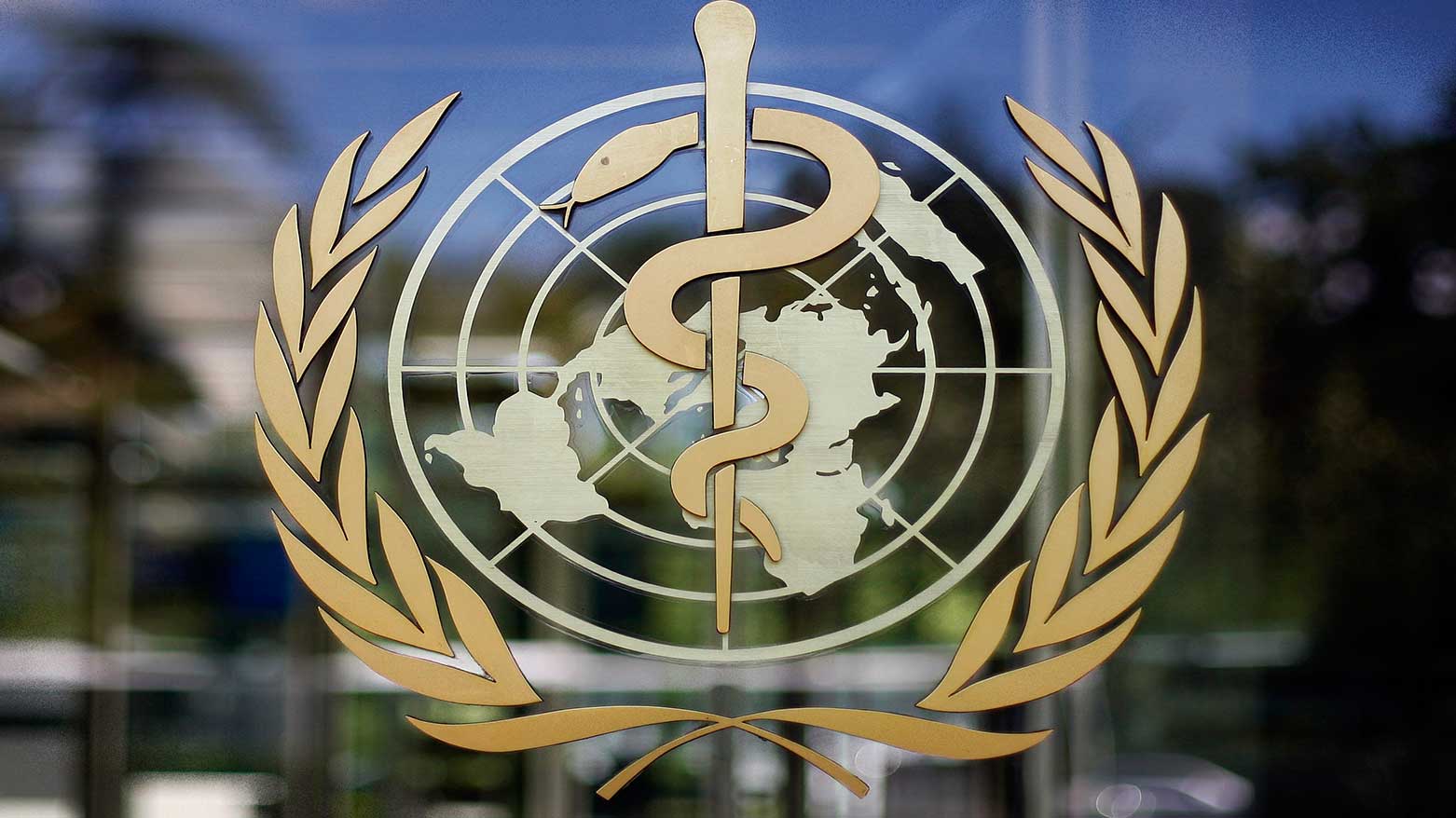WHO Warns Suicide Remains a Global Crisis, Urges Action to Protect Young People
“Globally, suicide accounts for more than one in every 100 deaths, and for each death, there are 20 suicide attempts,” said Devora Kestel, interim head of the WHO’s non-communicable disease and mental health department.

ERBIL (Kurdistan24) — More than one in every 100 deaths worldwide is caused by suicide, the World Health Organization (WHO) said Tuesday, calling for urgent global action to tackle a rising mental health crisis, particularly among young people.
According to the WHO’s latest World Mental Health Today report, while global suicide rates have fallen slightly in recent years, progress is far too slow. In 2021—the most recent year for which data is available—an estimated 727,000 people died by suicide worldwide.
“Globally, suicide accounts for more than one in every 100 deaths, and for each death, there are 20 suicide attempts,” said Devora Kestel, interim head of the WHO’s non-communicable disease and mental health department. “These suicides affected countless more lives and livelihoods, as friends, carers, and loved ones were forced to grapple with unimaginable hardship.”
The report highlights that suicide remains a leading cause of death among young people across regions and socioeconomic contexts. In 2021, it was the second leading cause of death for females aged 15 to 29, and the third leading cause for males in the same age group.
Despite a 35 percent global decline in the age-adjusted suicide rate between 2000 and 2021, the world is lagging behind its target. Instead of achieving the United Nations’ goal of a one-third reduction in suicide rates between 2015 and 2030, current projections suggest only a 12 percent decrease.
Regional and Socioeconomic Disparities
The report revealed regional variations: while suicide rates decreased in most areas, the Americas experienced a 17 percent increase during the same period. Nearly three-quarters of suicides occur in lower-income countries, where the majority of the global population resides. Though wealthier countries tend to have higher suicide rates proportionally, the WHO cautioned that reporting quality and data availability make direct comparisons difficult.
While suicide rates have slowly declined, the prevalence of mental disorders—including anxiety and depression—has risen sharply. Between 2011 and 2021, the number of people living with mental health disorders grew faster than the global population. The report estimates that more than one billion people worldwide are affected by mental health conditions.
Young People at Risk
The WHO expressed particular concern about rising mental health distress among young people.
“The two main hypotheses are social media and the impact of the Covid pandemic,” said Mark van Ommeren, head of the WHO mental health unit.
Despite these alarming trends, investment in mental health remains stagnant. Globally, median government spending on mental health has remained at just two percent of total health budgets since 2017. The agency also found that only nine percent of people with depression receive treatment.
“Transforming mental health services is one of the most pressing public health challenges,” WHO Director-General Tedros Adhanom Ghebreyesus said in a statement.
The WHO called on governments, healthcare providers, and communities worldwide to urgently prioritize mental health, expand access to care, and implement strategies to prevent suicide, especially among the most vulnerable populations.
